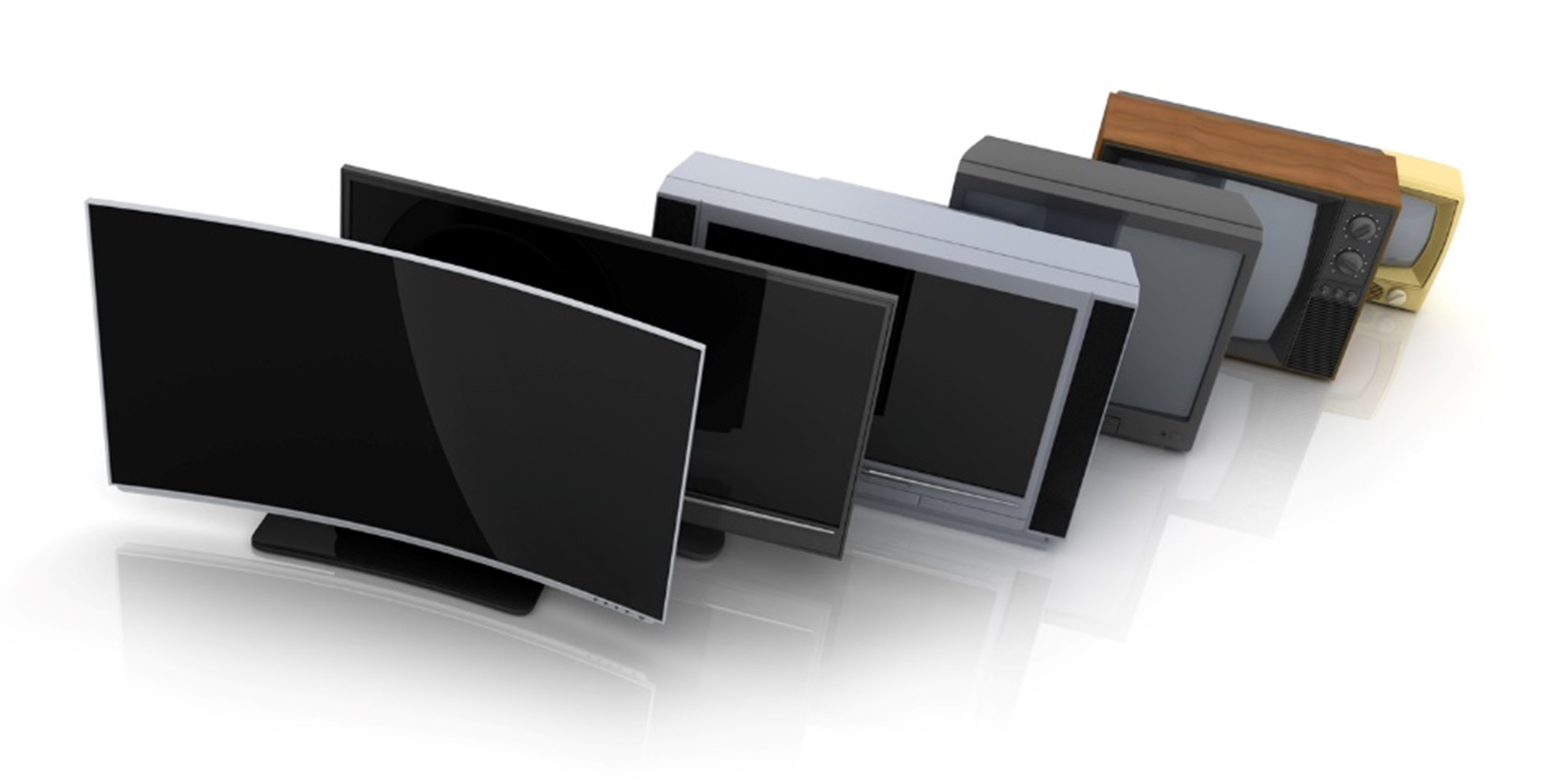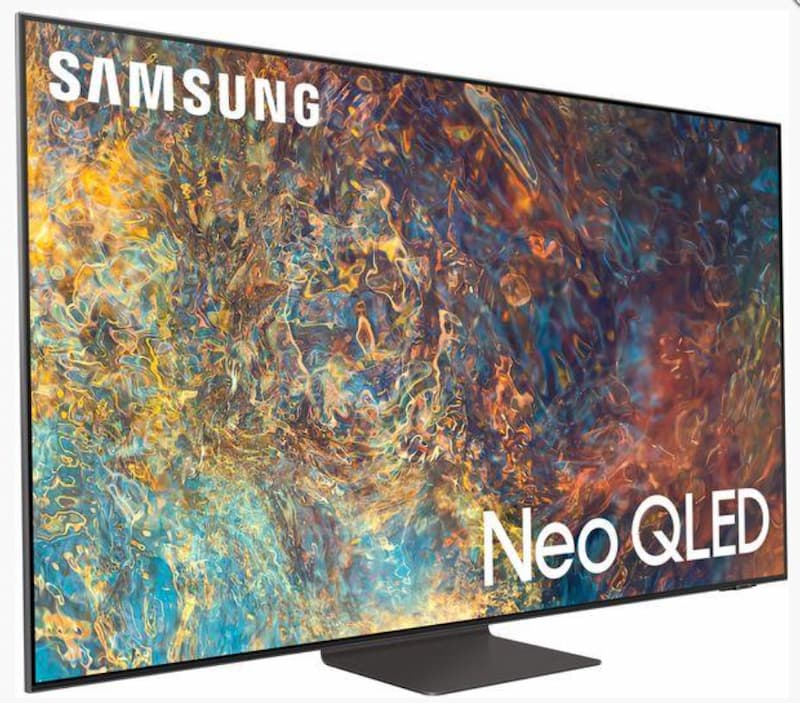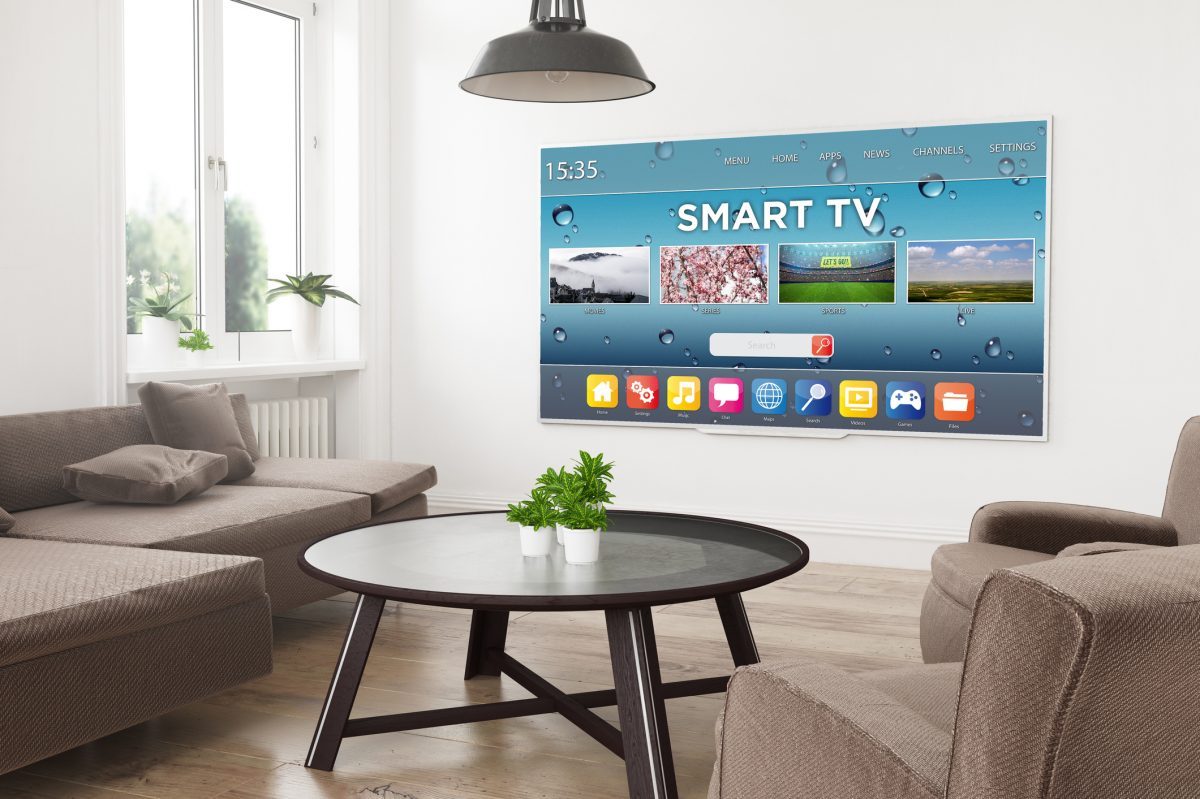We all remember the day we bought our first TV. It could have been to have our own set in our bedrooms. For others, it could have been for their first home, but a rare few of us will still remember a world where TVs were just too expensive to have one in the family home. Do you remember the price of your first TV?
Even in 2007, a 19-inch flatscreen TV with a built-in DVD player cost around £169.99, brand new. You could buy a cheap smart LED TV with a 32-inch display from our range online for approximately that price today.
The Early Years Price of TVs
Having a TV in your home before the 1960s was a rare luxury that many families could not afford. It was unachievable for most households whose average annual income was only £22k, with two adults working. A black and white TV set in the 1940s would cost you approximately £111.39, which seems relatively cheap today. However, taking inflation into account, in today’s money, this would look more like £6377.19.
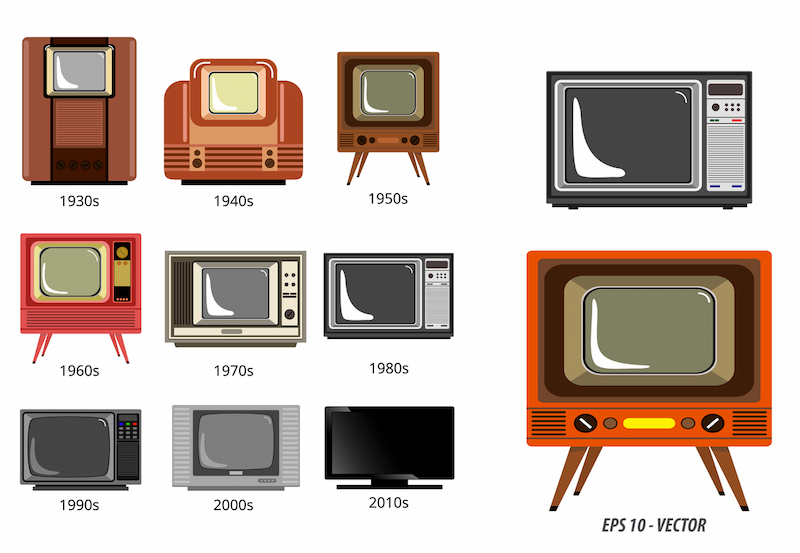
This amount of money was not as disposable in the 1940s, and even as the prices dropped over the years, many relied on discount stores and ex-display models to afford televisions for their own homes, but this was only common in the late 70s and 80s when updated models came onto the market.
Even in 1972, the price of a colour TV was £225 (£3,158.93 in 2022 costs), a slight reduction from the late 60s of £304 (£5,610.01). However, with the introduction of colour TV, the price of black and white displays remained somewhat expensive at £186.40 (£4390) in 1960.
In the 1980s, second-hand sets and ex-rental models were more affordable for individuals. It is reported that buying a TV set used for rental purposes would cost £12 (£40.60). In comparison, a brand new TV in the 80s would cost £109 (£372) for a black and white set, or for a more advanced colour TV you would expect to pay £254 (£868).
With this, we can see that as the years and technology progressed, TV prices became much more affordable for families, a trend that has continued with the progression of TVs even today.
Flatscreen and LCD Prices
The first LCD screen for viewing TV was introduced in 1982 and featured on the Seiko Epson TV Watch and cost £1226.80 (£4604) to purchase and watch TV “on the go.” Since this invention, the LCD screen has made TVs much more advanced, and because of this, we saw the growth of the flatscreen TV.
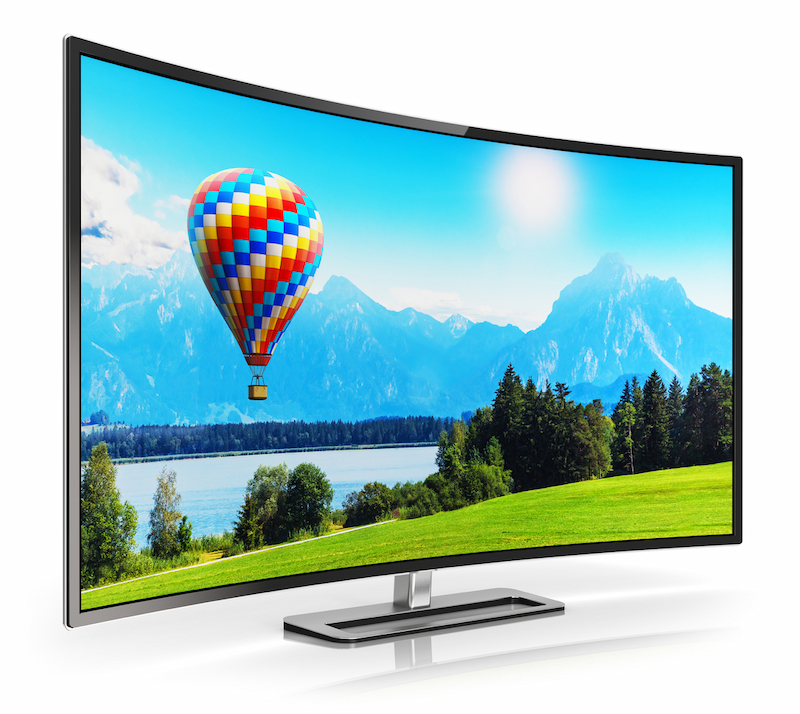
As the slimline designs of flatscreens became popular, the demand for the latest technology grew. In 2004, a 25.4-inch display TV cost £420.35 (£660.49). However, in comparison and continuing on the trend of TV prices dropping with technological advances, a 47-inch flatscreen in 2019 would total around £336.
The Cost of TVs in the Past 10 Years
With 30 years of experience selling graded TVs, we have noticed increasing affordability for purchasing even the most advanced smart TVs. Over the past ten years, there has been up to an 80% reduction in TV prices when comparing our own devices currently on sale with the cost price of similar TVs a decade ago.
In 2012, a brand new 32-inch Samsung TV would cost you £601; however, our cheap Samsung TVs, for the same size device but with an added smart function, would cost approximately £149.99, a 79.3% decrease. For a Sony Bravia 46-inch EX640 TV in 2012, you would expect to have spent around £1347.30. However, from our range of discount Sony smart TVs, you can find a Sony Bravia 49-inch device for as little as £279.99.

Toshiba is another well-known brand whose prices have also fallen. In 2012 it cost around £895 for a 49.1-inch display TV, but we offer cheap Toshiba LED TVs for as little as £269.99 for a similar size, adding the smart feature that most of our TVs come with.
Why Have TVs Fallen in Price So Dramatically?
We can offer such low prices at Electronic World because all of our stock is end-of-line or returns from larger branded stores. Often it can be as simple as a damaged box that has instigated a return, but the devices we sell are all still high-quality, and we ensure they are in complete working order, covered by a ‘1 Year Parts & Labour Back-to-Base Guarantee’.
However, the fall in the recommended retail prices of TVs comes for many reasons.
Technology Advances – Each year, technology advances to bring consumers TVs with more features and updated components. We have seen the introduction of 3D technology, smart devices and even slimmer and larger displays. Each advancement makes older models and series less desirable, allowing for price drops in the TVs. Of course, the quicker companies improve TVs, the more available older models remain with the latest technologies.
Growth of Technology Companies – At the dawn of television, only a handful of manufacturers produced sets compared to the market of powerhouses inventing new TVs every day. This growth has created a very competitive market for the cheapest, best quality TVs available. It pushes individual brands to develop even more advanced technologies quicker in the race to become the best-known brand for TVs.

New Company Trends – We have seen companies follow a trend when introducing technology for many years. When a new company enters the market, they usually introduce low-cost technology and low quality. This allows them to become popular due to price, and as their popularity grows, they can work on building on the quality of their devices and compete with the more prominent brands.
The trend of TV prices has gone from becoming an unaffordable luxury to a standard accessory within most houses. The prices are so low that many homes across the UK have more than one device. If you are looking for the cheapest smart TV, check out our big brands’ collection online.




